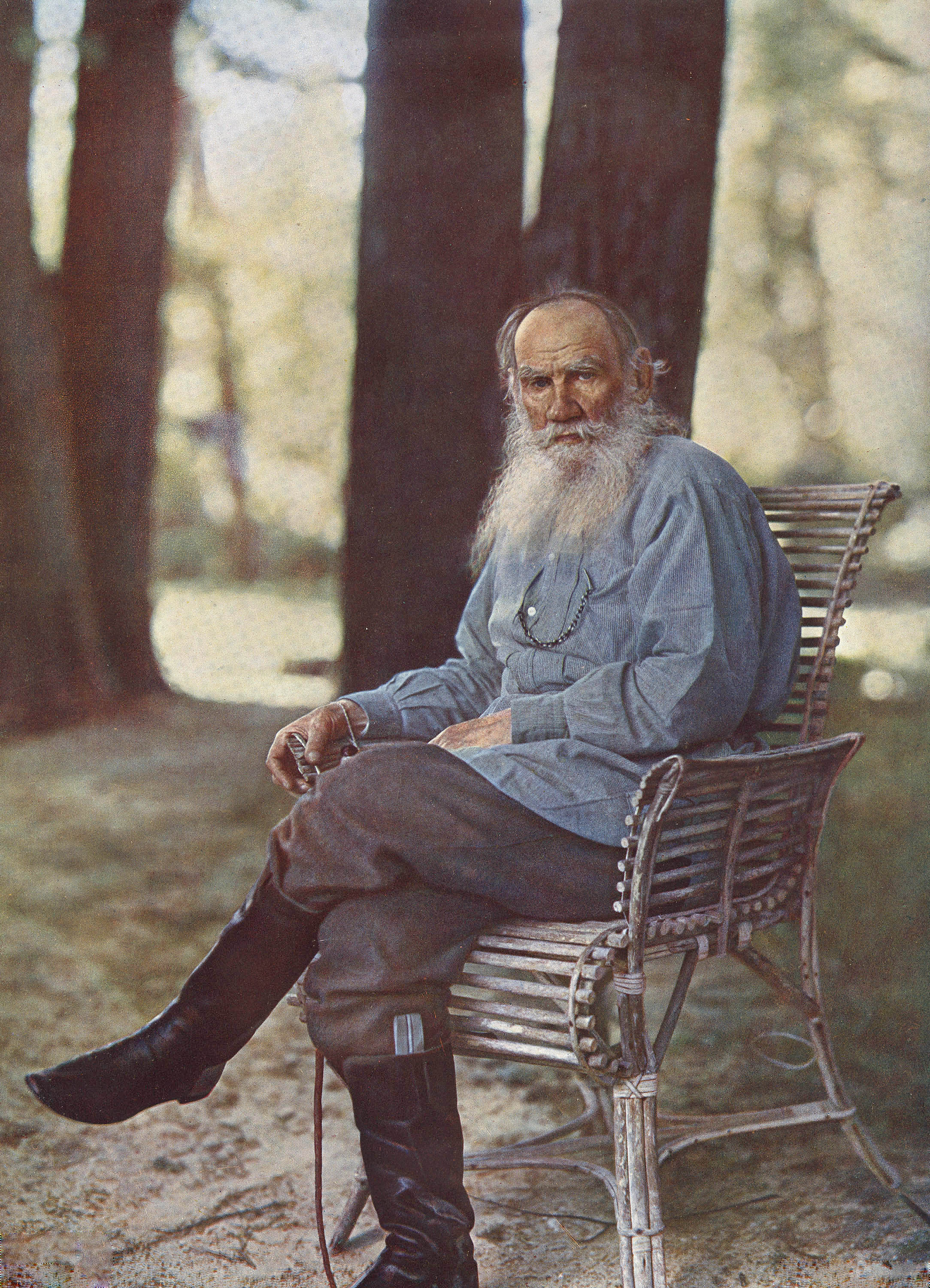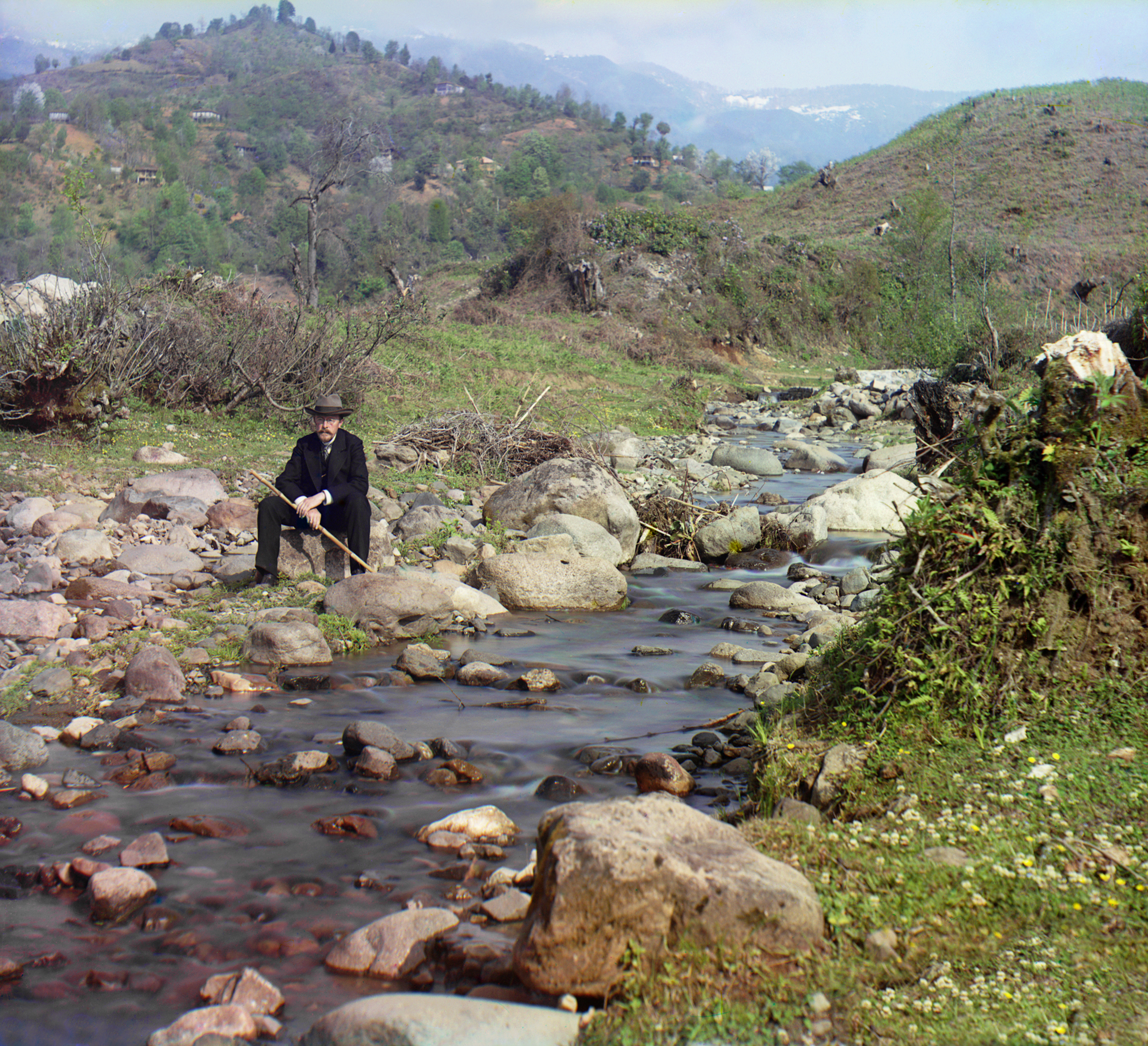Color Photography
In my previous post I wrote some words about a few famous photographers, some of them being pioneers. However, all of the pictures I posted was i black and white, and after doing some reading, I found out that i should write about color photography as well.
As I mentioned, I think photography(and off course motion picture), are great historical sources. When seeing them in black and white you see whats there, but somethings still missing. Today, many of the old photos are being hand colored, and then they look more "alive", so to say. But what I found out, was that there were several photographers in the late 1800s and early 1900s, who took real color photographs. Several different techniques were used, by several different photographers, and here are the most famous of them, and a some of their photos.
 |
Maxwell's color photo of a tartan ribbon.
1861 |
James Clerk Maxwell
Maxwell, who's a well known mathematical physicist, was also the man who took the first permanent color photo, and he did it in 1861. However, his technique wasn't perfect, and it did have some problems showing the color red. His technique was the famous three color way. Maxwell was, however, a physicist, and did not use his invention for photography, but to prove his theories about light and the human eye. Even though this shows the beginning of color photography, black and white would be the most common method the next hundred years.
Louis Ducos du Hauron
 |
| Ducos photo of Agen, france. 1877 |
Louis Ducos du Hauron was a Frenchman and one of the earliest color photographers. He improved color photographing, and the use of The three color way. He patented a lot of different methods, and published them, I am not an expert in the techniques and how they work exactly, so that you have to read by your own. I should also mention that while Ducos worked on his methods, Charles Cros who was another photographer, came up with the same methods unaware of Ducos work.
I am more interested in the actual photographs, and not the techniques used to make them. And since I now have mentioned some of the inventors and pioneers, it's time to look at some of the people who used the ability to take pictures of the world, in color.
Sergey Prokudin-Gorsky
One of the most famous, and well known early color photographers, was Sergei Mikhailovich Prokudin-Gorskii. He traveled around in Russia, and documented it in color from 1909-1915. He worked for many powerful people, including the Tsar of russia. Grosky took over ten thousand photographs in color, and the most famous of them is probably his photo of Leo Tolstoy, a famous Russian writer who wrote novels and short stories. I think its quite spectacular that theres a color photograph of a man born in 1828, and died in 1910, two years after the picture was taken.
 |
Leo Tolstoy, 1908.
|
 |
| Self portrait of Gorsky by the Korolistskali River, 1912 |
 |
| A prison in Bukhara, Uzebkistan, ca. 1907 |
The Archives of the Planet
A man who did a lot to document the world in color, was the banker Albert Kahn. In 1909, Kahn traveled to Japan on a business tour together with his photographer Alfred Dutertre. He took a lot of pictures during the trip, and Kahn got the idea that would be known as "The Achives of the Planet". Hi
s plan was to send out photographers around the entire world, and photograph it in colors. He made Alfred Dutertre the project director. Between 1909 and 1931 they took over 72.000 color photos, and 183.000 meters of color film(moving picture) of the world, and they did so in 50 countries. Kahns photographers also got to document the First World War, which is a great historical source. Unfortunately he went bankrupt during the financial crisis of the 1930s, and his project stopped. The entire project is put on display in Paris, and is now a national museum.
 |
| French troops at Somme. WW1 |
 |
| Mongolian Hunter |
 |
| Algerie |








No comments:
Post a Comment